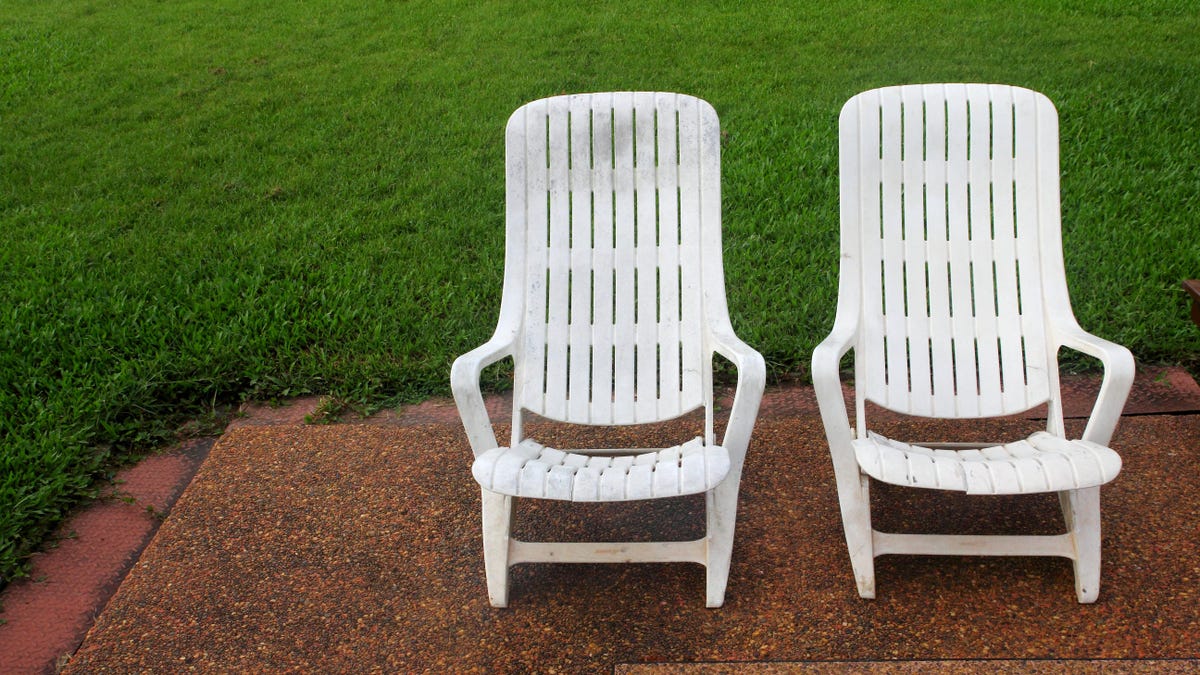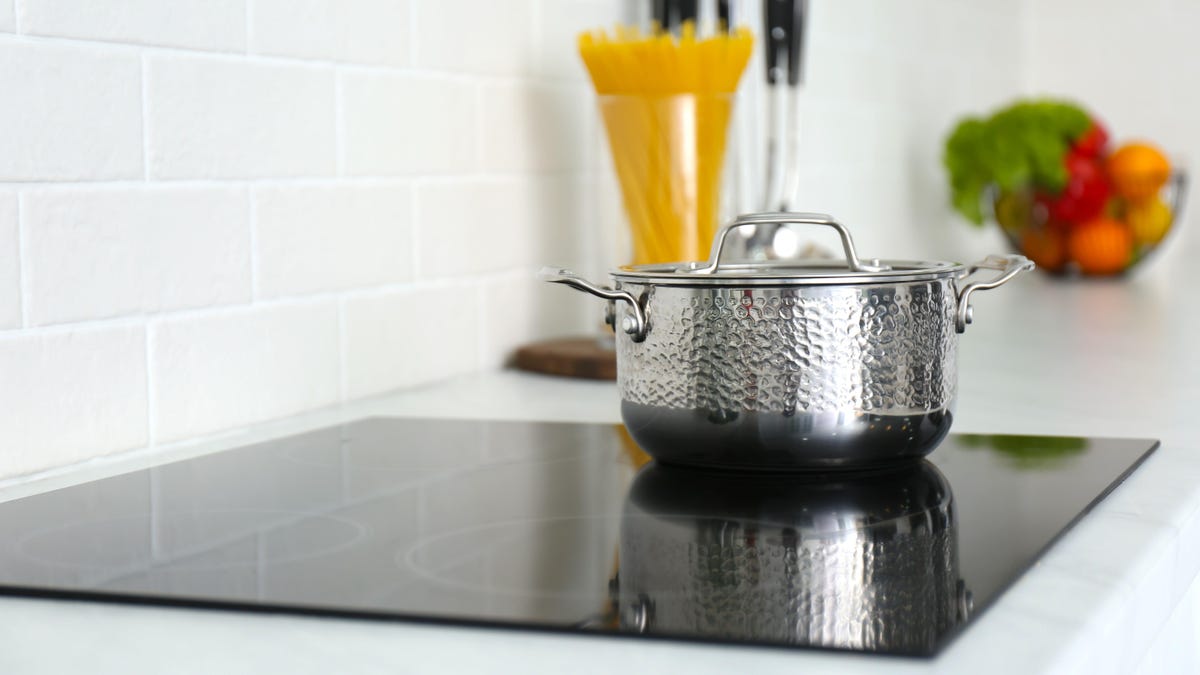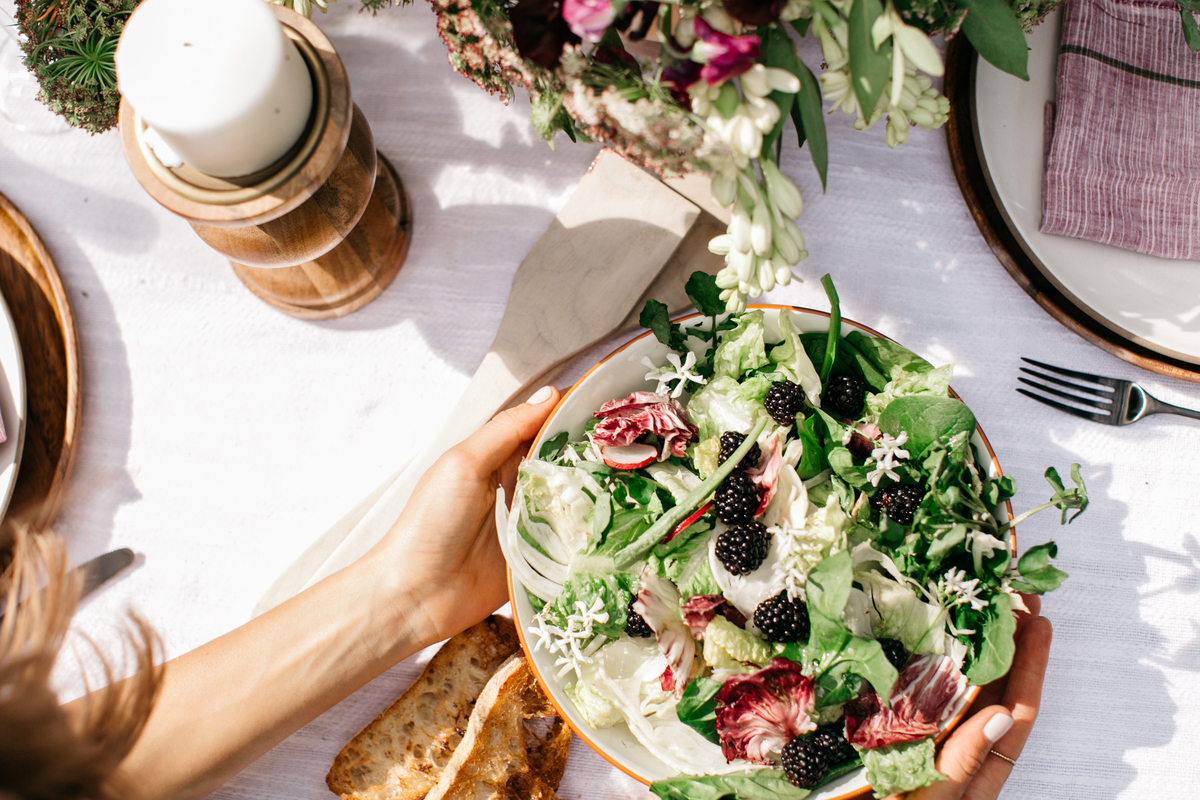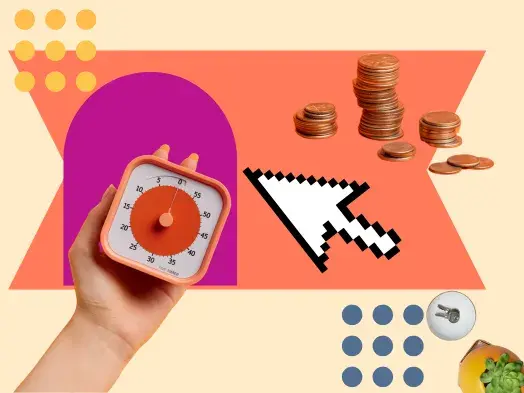Weirdly Practical Ways to Use Toothpaste in Your Yard
There are lots of ways to use toothpaste around your home, but you might not realize that it is also useful outside your home. Grab a tube of the minty stuff to keep in your shed or garage for...


Photo: warmer (Shutterstock)
There are lots of ways to use toothpaste around your home, but you might not realize that it is also useful outside your home. Grab a tube of the minty stuff to keep in your shed or garage for your upcoming spring and summer projects. Here are some of the ways you can use it to prepare your yard for the warm months and keep it in shape throughout.
Spruce up your plastic furniture
Toothpaste is a go-to for cleaning plastic in the house, as it’s just abrasive enough to buff out those little scratches that collect dirt—and the same goes for your outdoor patio furniture. When you pull it out of storage this spring, give it a quick rinse with the hose or a wet rag. Then, grab a new cloth and apply a small amount of toothpaste, rubbing it in a circular motion over the dirty, scratched furniture. It’ll brighten it up, remove scratches, and make it gleam. Rinse again and you’re done.
Scrub metal
If a metal table, metal bucket, or metal tool has become dull over time, reach for the toothpaste. Per Balcony Garden Web, it doesn’t take much toothpaste on a soft cloth to buff and shine your metal, copper, and silver. Rub it on in a circular motion after removing any large dirt and debris, then rinse it off thoroughly. This works for the same reason it works with plastic: Toothpaste is a foamy, simple cleaner, but also ever-so-slightly abrasive, so it resurfaces while it shines.
In the garden
Some gardeners swear by toothpaste as a pest repellent because of its strong scent. Dab a little around the interior lip of your large potted plants to give slugs and other bugs the ick. According to Self Sufficient Projects, dabbing some on the stems of your berries will keep birds from eating them, too, but not because of any strong scents: Rather, the white glob reminds them of mold and they won’t get close to your plants as a result.
Best of all, you can mix your leftover toothpaste or runoff from rinses into your compost pile to add a little extra calcium as it breaks down with time.

 KickT
KickT 































